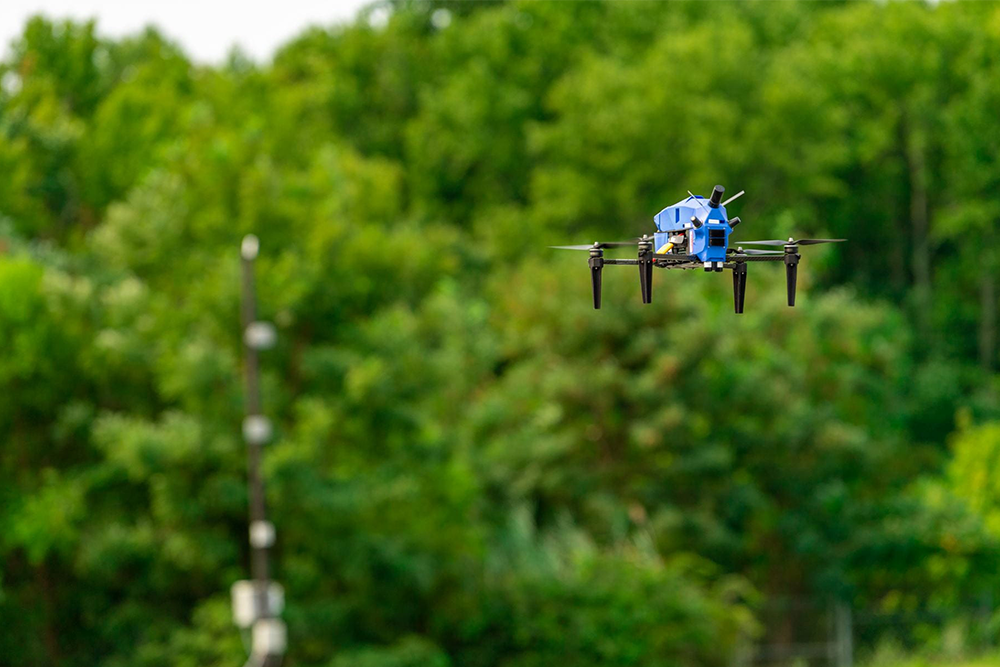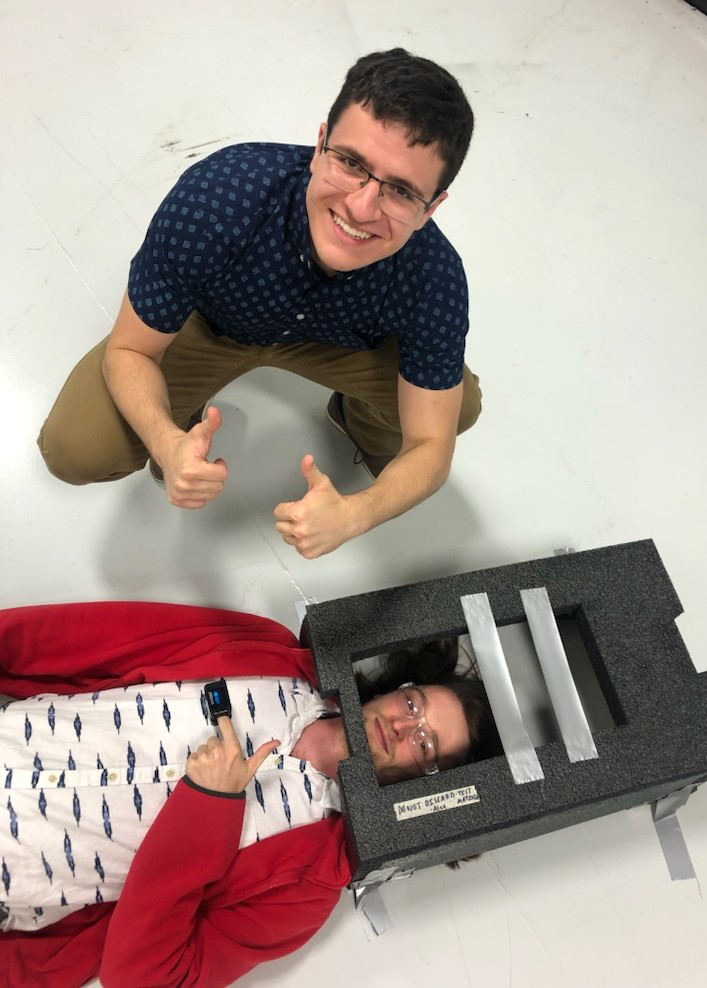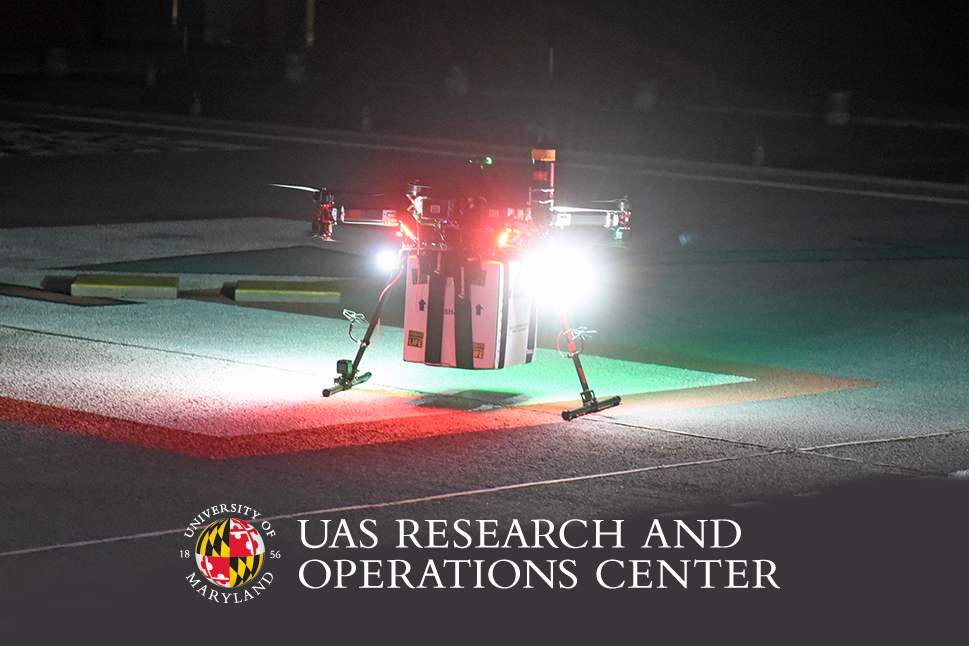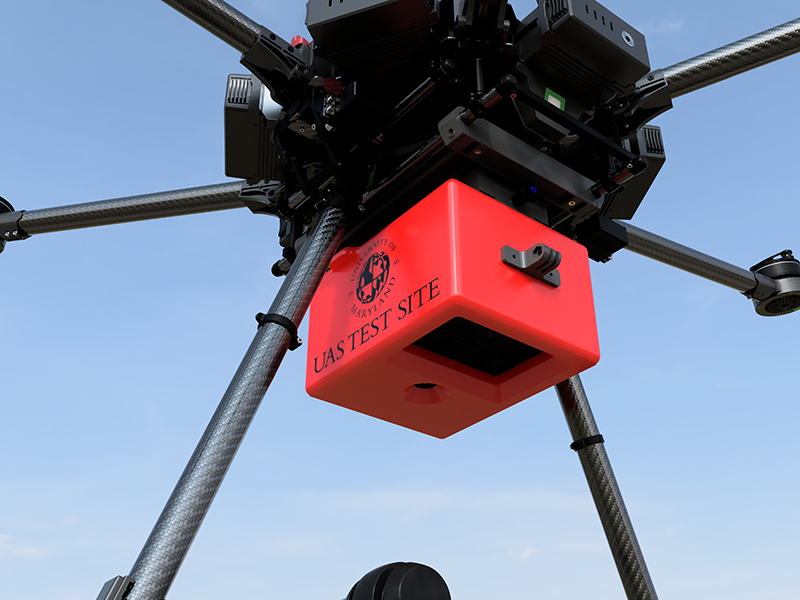News Story
SoCal Edison Taps UAS Service Provider for Inspections
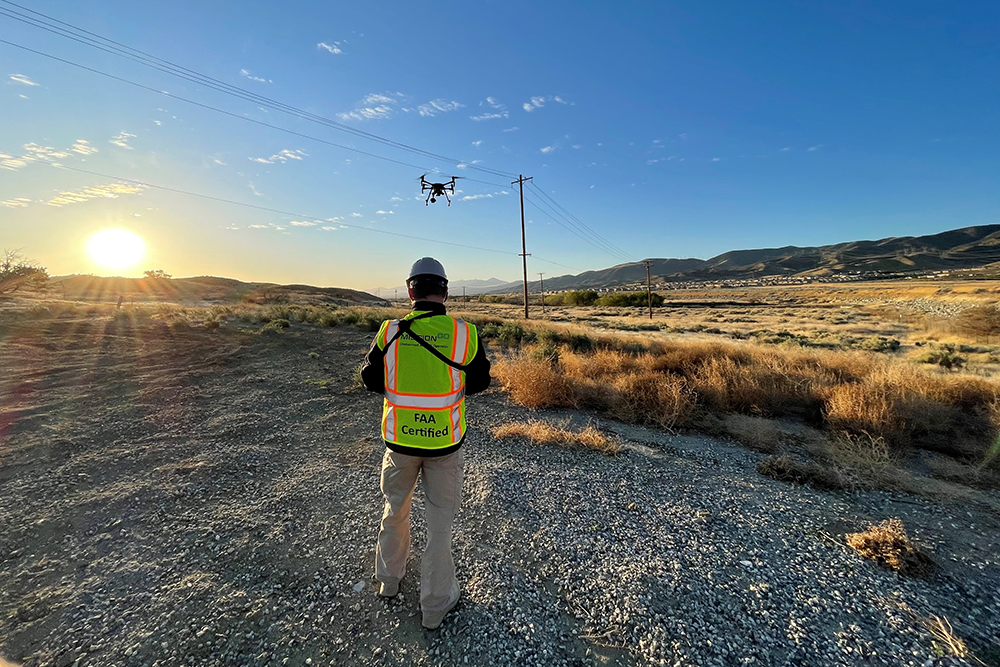
Drones offer a potentially more economical and effective approach to conducting inspections of electrical equipment. [Photo courtesy of MissionGO].
As utility and energy companies seek out improved ways of monitoring their equipment, a Baltimore-based uncrewed aircraft systems (UAS) startup with links to the University of Maryland (UMD) is stepping up to the plate. MissionGO, which has been pioneering a wide range of UAS applications, announced in October that it has signed a three-year partnership with Southern California Edison, under which it will provide UAS-based inspection services to the company.
Approximately 15 million people in central, coastal, and southern California get their power from Southern California Edison, which is the largest subsidiary of Edison International.
California’s environmental challenges, including high temperatures and persistent drought, have increased the need for frequent inspections and a rapid response to malfunctioning equipment. Given the dry, hot conditions, sparks from a single broken transformer can potentially ignite devastating fires. But sending human teams out to monitor equipment can be slow, laborious and costly.
Drones offer a more economical and effective approach. According to a MissionGO press release, “using UAS to view and inspect transmission and distribution electricity poles—along with other components of critical infrastructure—minimizes the time and hazards while increasing the quality and quantity of collected data.”
The organization has been working with Southern California Edison for three years, with its UAS inspection team performing over 6,500 sorties and cataloging more than 1,200 hours of flight time. The team reviewed and captured data from 20,000 distribution poles and 4,000 transmission poles, thus helping to prevent wildfires and enhancing the utility’s capacity to carry out repairs.
“MissionGO is a signature example of how universities can lay the groundwork for entrepreneurship. This latest success by MissionGO bears testament to how much they have achieved within a relatively short time. When it comes to UAS applications, they are at the leading edge—and we at UMD are proud to have played a foundational role.”
Matt Scassero, director of operations and outreach, The MATRIX Lab, A. James Clark School of Engineering
MissionGO’s capabilities reflect, in part, experience and expertise that was forged through its original partnership with UMD. Several company professionals were previously involved with the UMD UAS Test Site—now known as the UMD UAS Research and Operations Center (UROC)—where they helped trailblaze UAS capabilities in areas that include medical support, forestry and agriculture, disaster response, and search and rescue.
In 2019, the UMD UAS Test Site pilots conducted the historic, first-ever UAS delivery of a live kidney for transplant, launching a drone that flew approximately three miles across downtown Baltimore to safely transport its cargo to a waiting patient. The mission was the brainchild of University of Maryland School of Medicine/University of Maryland Medical Center transplant surgeon Joseph Scalea, who would go on to co-found MissionGO together with the noted UMD alumnus and Baltimore entrepreneur, Scott Plank, and with aviation specialist and retired Navy Commander Tony Pucciarella. Several Test Site personnel involved in the organ delivery mission, including Pucciarella (then director of operations) and chief pilot Ryan Henderson, subsequently created the founding team of MissionGO.
“MissionGO is a signature example of how universities can lay the groundwork for entrepreneurship,” said Matt Scassero, who directed the Test Site at the time of the kidney delivery and now heads up operations and outreach at Maryland Engineering’s MATRIX Lab, based at the University System of Maryland Southern Maryland (USMSM). “This latest success by MissionGO bears testament to how much they have achieved within a relatively short time. When it comes to UAS applications, they are at the leading edge—and we at UMD are proud to have played a foundational role.”
Today, MissionGO is looking forward to collaborating with UMD as plans move forward for a Chesapeake UAS Route Network (CURN) that will ultimately enable on-demand UAS operations in the National Airspace System, opening up opportunities for crewed and uncrewed aircraft to safely operate in common airspace. UMD’s UROC is leading the initiative, which has strong support from the state of Maryland and other key partners and stakeholders.
“We’ve made history before with the folks at MissionGO,” said UROC director John Slaughter. “Now we’re engaged in another groundbreaking effort and we expect them to be right there with us as plans transition into reality.”
Published November 16, 2022
